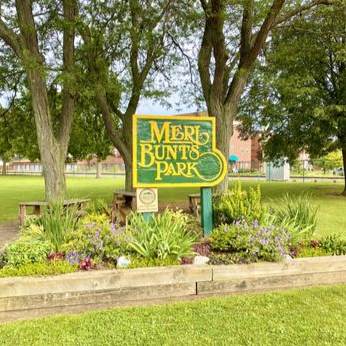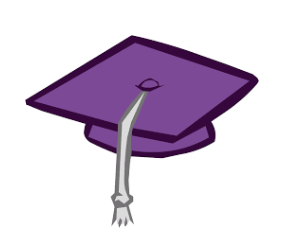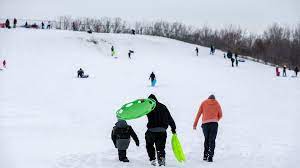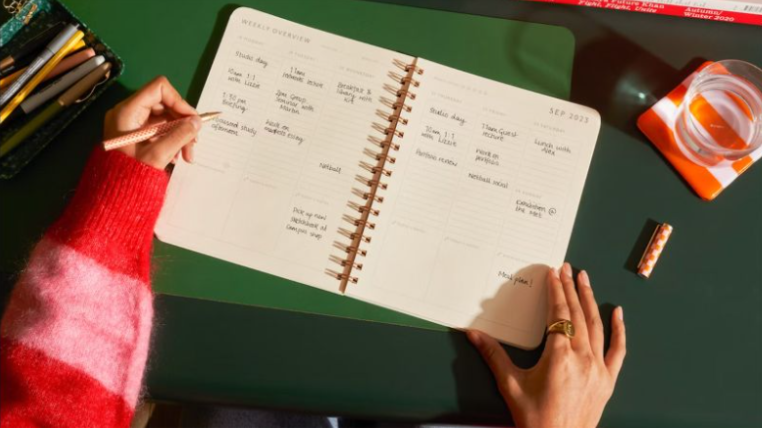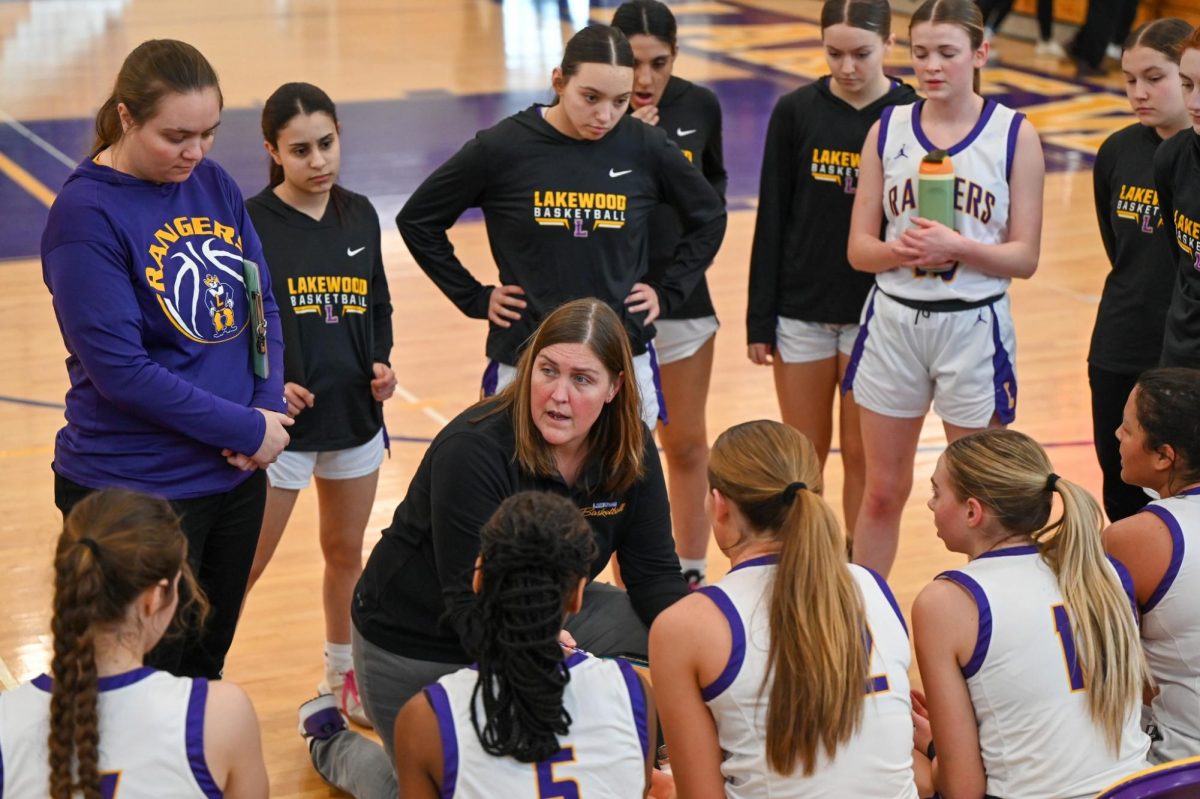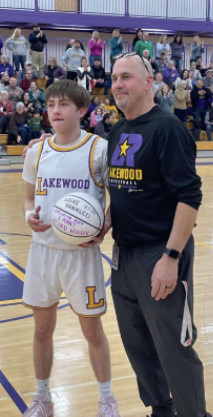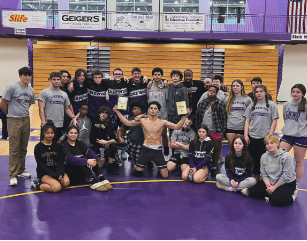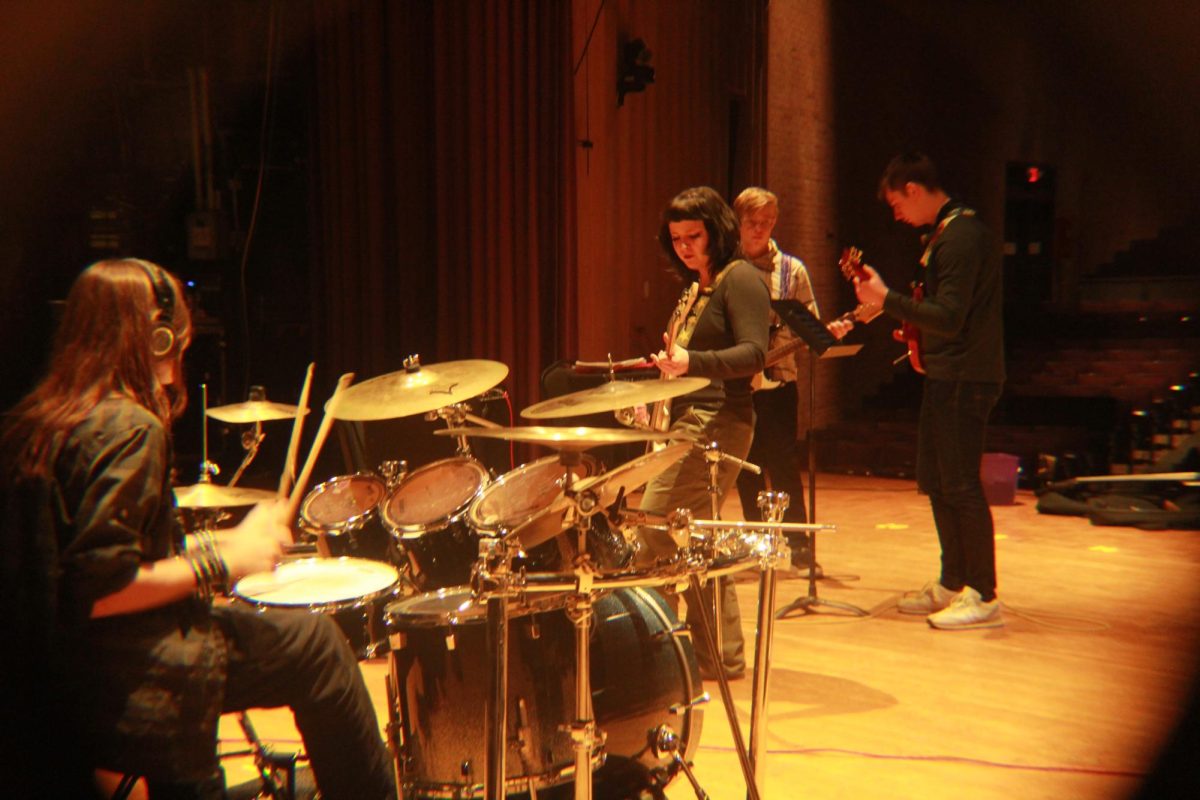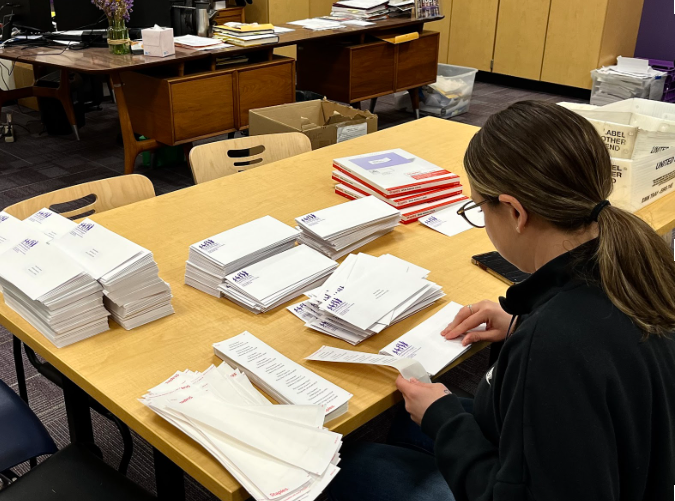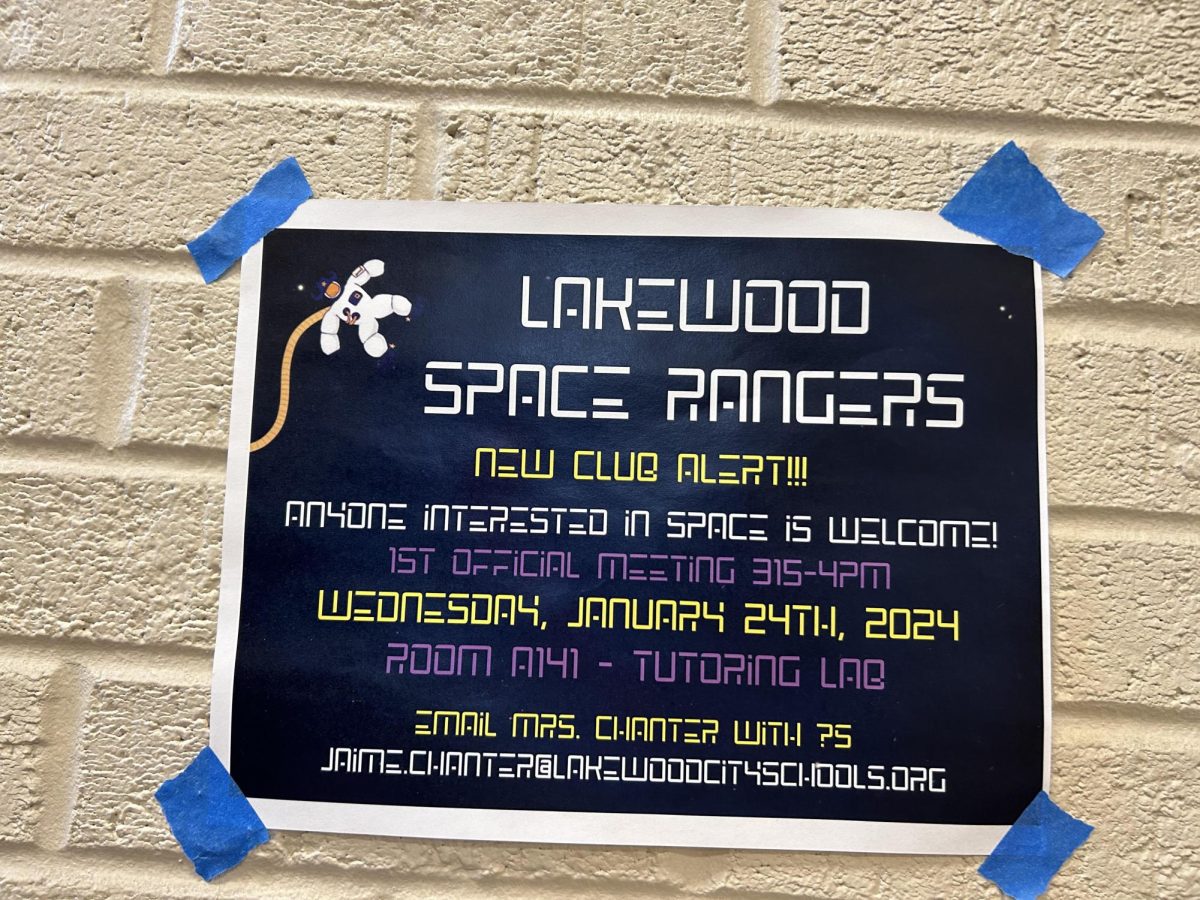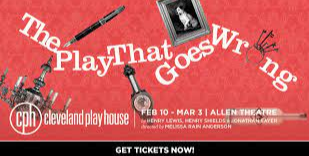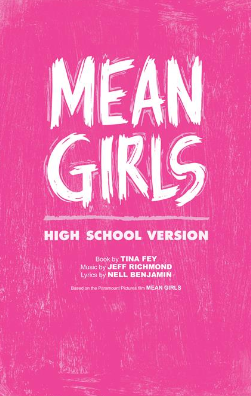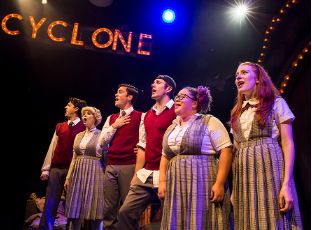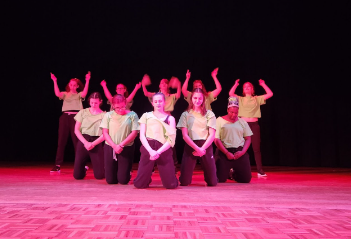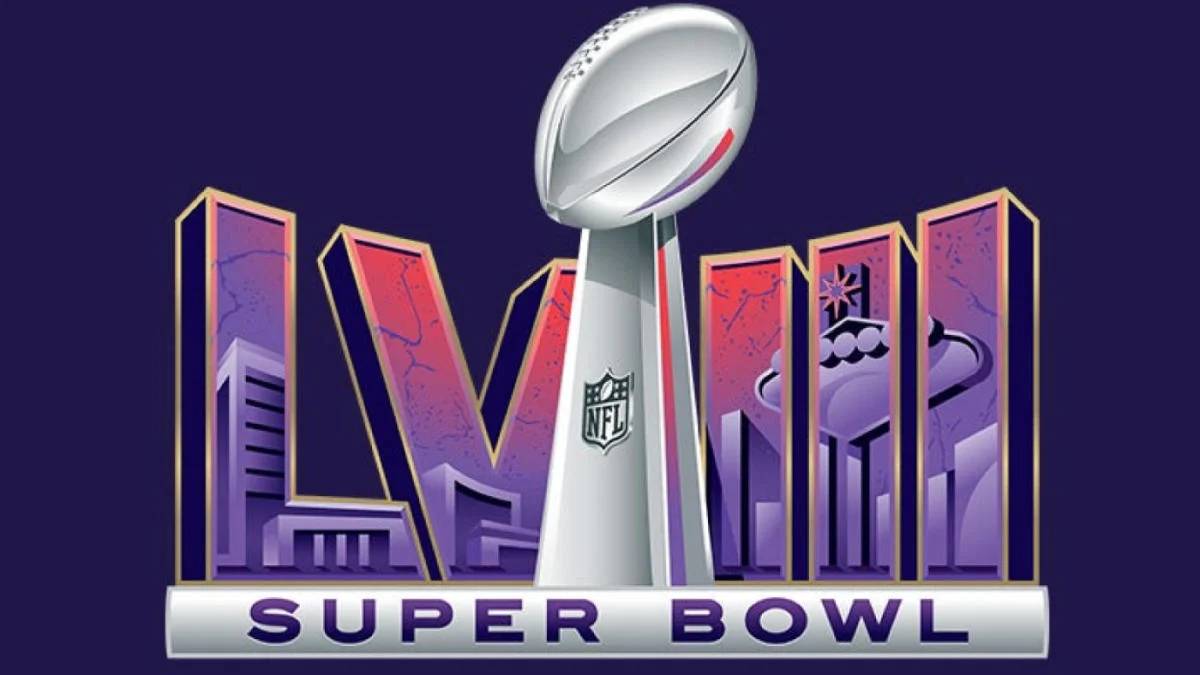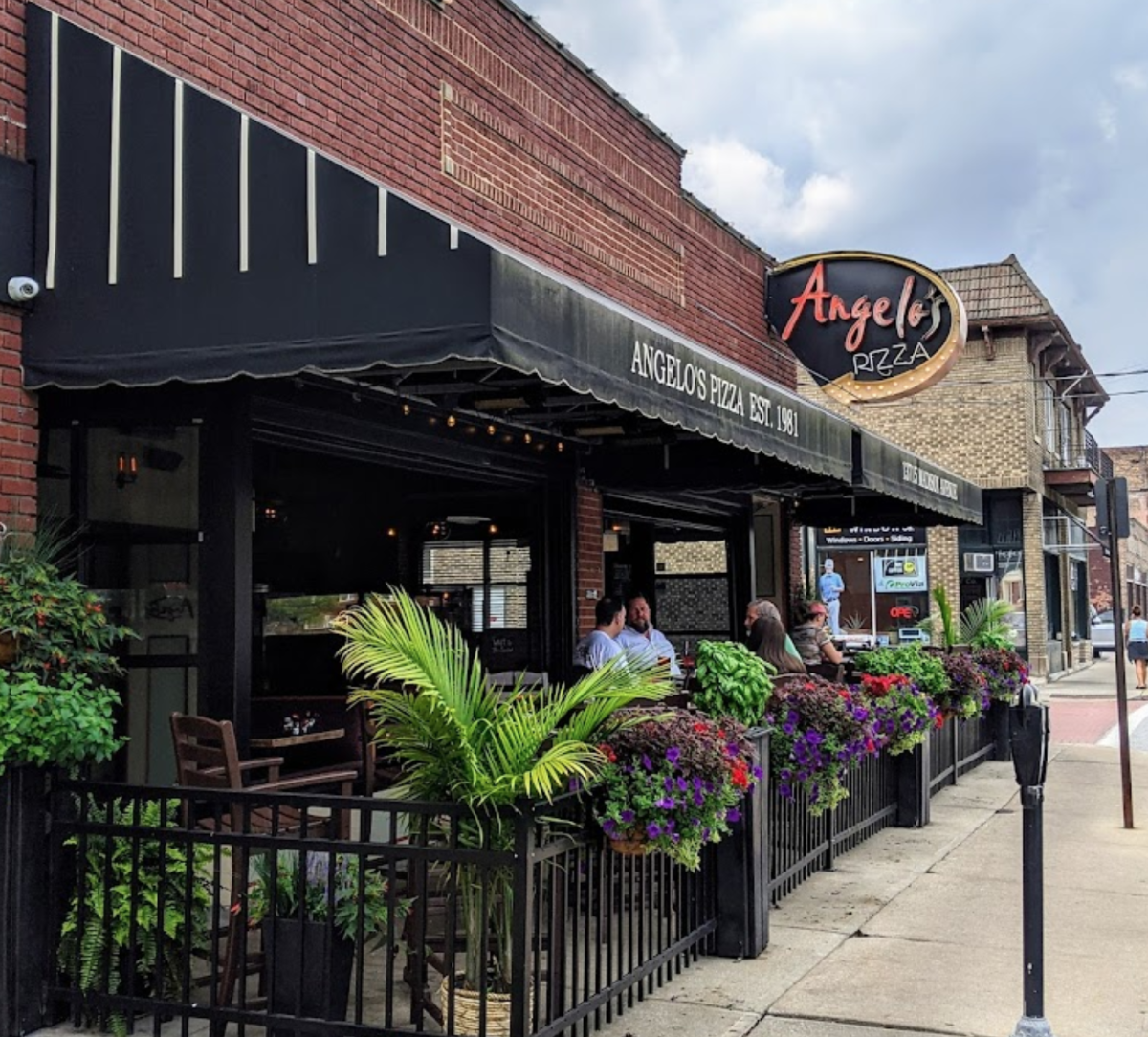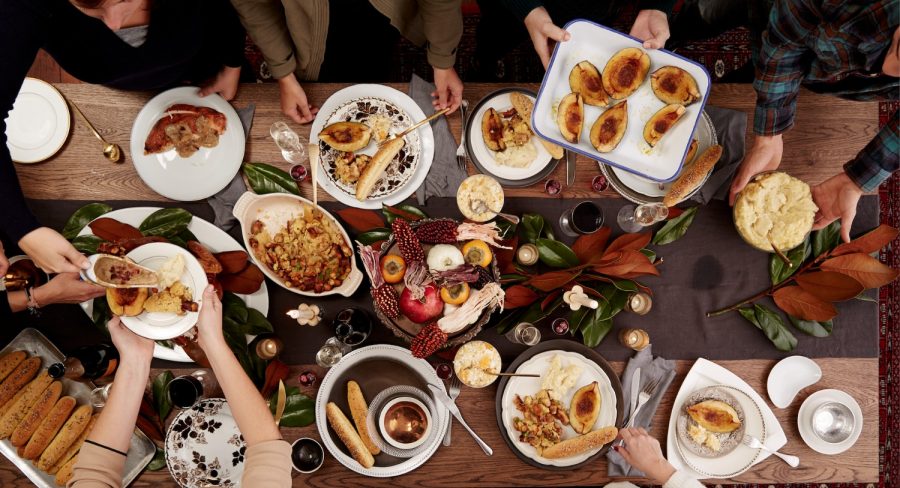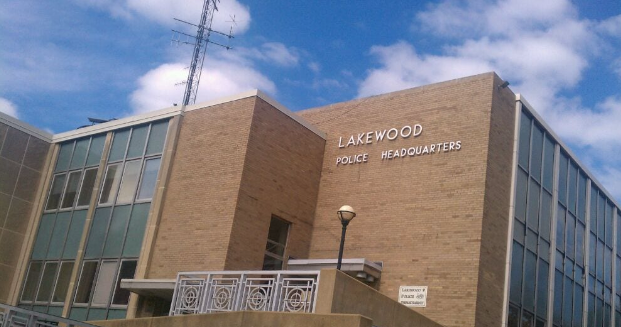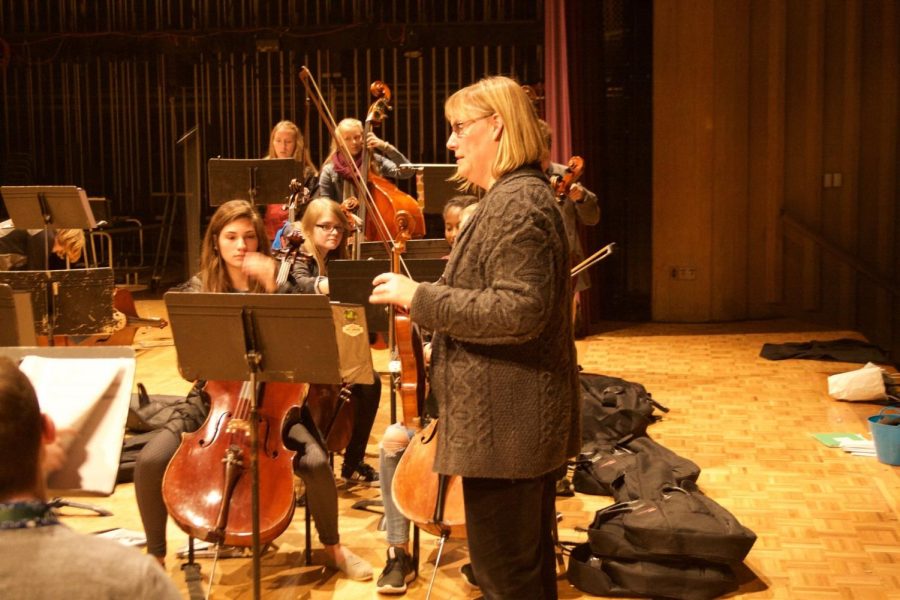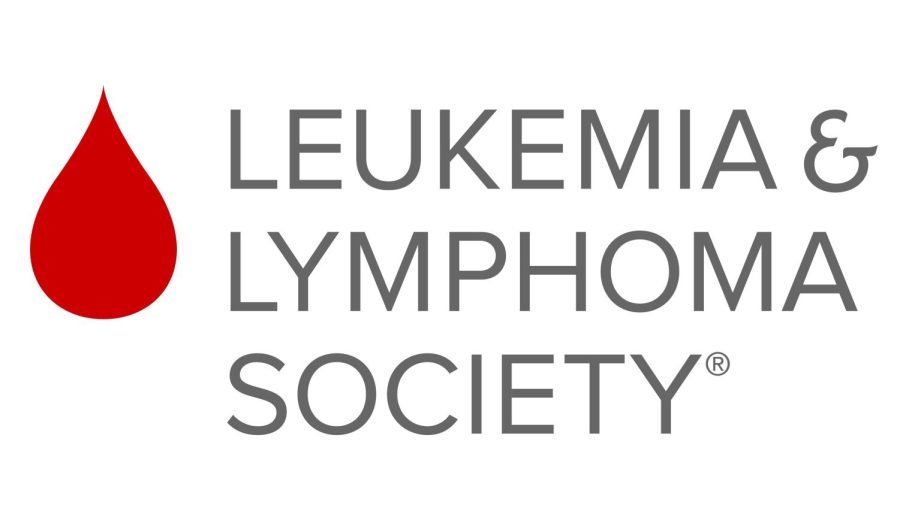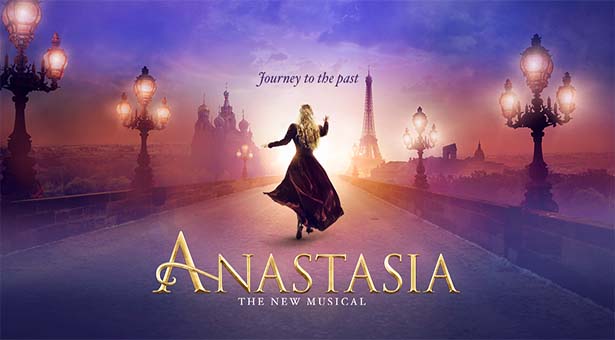The image of a large group of happy pilgrims and Native Americans sitting around a bountiful table of food has been ingrained into most of our minds from a young age. As kids, many of us made paper hand turkeys, pilgrim hats or pretend cornucopia to celebrate Thanksgiving, and have grown up with our own family traditions for the American holiday.
The first Thanksgivings, of course, were incredibly different from the momentous, commercialized celebration that we know of today.
According to the website History, what is recognized as the first Thanksgiving occurred in 1620, after the famous Mayflower ship arrived at Plymouth. There, the Pilgrims who had made the voyage endured troubled times, as food was scarce especially in the freezing winter, during which most remained aboard the ship. The illnesses, starvation, and other conditions left only half of the passengers left come spring.
When they arrived on land after the traumatic first winter, they were eventually met by Squanto, a Native American who spoke English. This man taught the English how to cultivate the land and utilize its natural resources, such as the lake for fish, and created a peace treaty between the Pilgrims and the Wampanoags, a local tribe.
In November of that year, the English rejoiced over the great harvest that they received from their gathering and cultivation. The governor of Plymouth, William Bradford, called for a celebration, a feast that would last three days.
Food eaten at this first Thanksgiving included deer, fowl such as turkey, and corn as suggested by primary sources from Bradford and Edward Winslow, and attendee. There is no recording of the other plates that were enjoyed, but Kathleen Wall, a “foodways culinarian” at Plimouth Plantation Museum according to Smithsonian, suggests that those who were there ate bread made of corn, a variety of birds stuffed with onion and herbs, and fish.
This peace between the two culturally different groups did not last for long, however. By 1637, more English voyagers had arrived in America and taken land from the Natives, causing conflict that eventually broke Squanto’s peace treaty. According to the website of the Manataka Native Americans, the nearby Pequot tribe was celebrating their Green Corn Festival (similar to Thanksgiving) around this time. In the dark beginnings of dawn, the English and Dutch settlers barged into the home of the Pequots and murdered 700 men, women, and children. When these Europeans finished their work, they headed back to their settlement, where they were celebrated and honored with “a day of Thanksgiving.”
While Thanksgiving is today recognized as a peaceful day of eating, relaxing, and spending time with family and friends, it is clear that its origins are not entirely the happy ones that we were taught of in elementary school. Therefore, the holiday should be a reminder of how far we have come to institute peace in our society and what we can do to further that peace.

